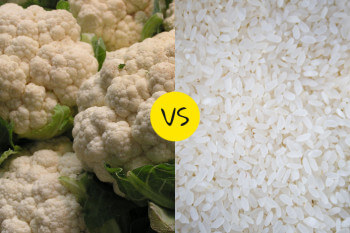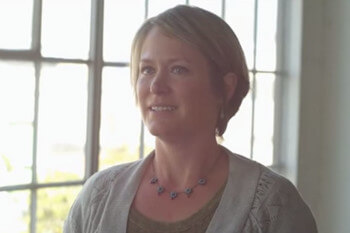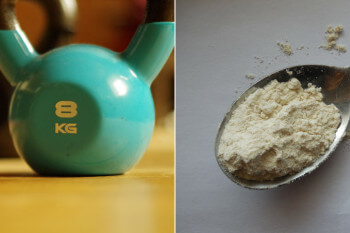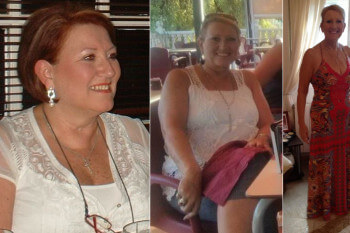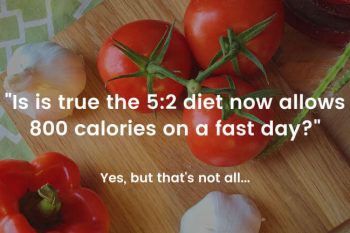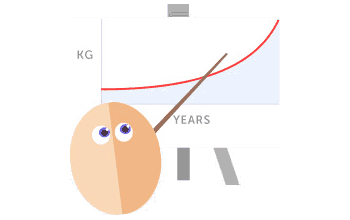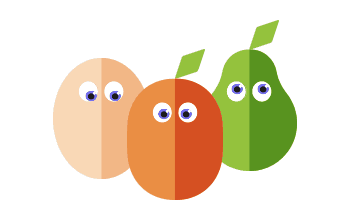Mary Ann’s story
My Background
At the age of 14, weighing a slightly heavy, but athletic 130lbs, I stopped eating. This lasted a year, after which I weighed 75lbs (I was probably 5’3”-5’4” at the time). At some point it hit me how scary it was being so underweight (Karen Carpenter’s death was a shocking eye-opener for me), and I started eating again. I ended up at ~150lbs (at 5’5” by now, this was just about within the healthy range), and stayed that way for many years. I still did a lot of sports, and ate reasonably healthily. I didn’t even put on the Freshman 10!
I was busy with university and grad school and didn’t really think about dieting much. Until… towards the end of grad school a friend of mine, who like me was probably on the heavier side of healthy, lost some weight and she looked and felt so great, I decided to try it too. Wow, was I a champion dieter. I wasn’t weighing myself (because of my weighing obsession when I was anorexic, I didn’t keep scales in the house), but I’m guessing I was down to ~120lbs. But then one day at a party (funny how I remember this so well), I decided to take a day off of dieting, and I enjoyed the food so much, that was the end of the diet. Or even maintaining. So I put all the weight back on. Then during thesis writing, I was so stressed out, I lost a lot again. Thus began the yo-yo’ing. My next big weight drop came during a period when I was stressed and had really bad insomnia. I completely lost my appetite. I lost a lot without even trying.
Though when I snapped out of it finally, I gradually put it back on. This happened another time or two during my early 30s–losing weight without even trying. Then something happened. Aging I guess. I was in my late 30s by this point. Suddenly my body became mushy. Weight loss wasn’t easy. It was gradually going up and I didn’t like it. I tried an Atkins-like diet, and again: champion dieter. Off the weight came. I was so happy. But again. I didn’t keep it off. And whenever I tried the diet again, it didn’t work as well.
I should say that during these times I lost weight, I never got dangerously low again. But somehow my year of anorexia was always in the back of my mind. It was worrying how easy dieting was for me. It was worrying how addictive it could be. Yet, never too much of a worry because I never did manage to maintain that discipline for very long (perhaps luckily!)
By now, in my 40s, my weight was really creeping up. Once I moved to Japan, I was getting regular health checks, and none of the numbers (cholesterol, fasting glucose, etc.) were bad… except my weight. I had gone from being a PhD student and post-doc and being on my feet all day in the lab to being a lab head, which involved a lot more sitting, a lot less NEAT. In terms of intentional exercise, I was still very active (cycling to work, jogging, 10K “races”), but I couldn’t get the weight off. By this time, I weighed a shocking 87.6kg (193lbs!).
Discovering Fasting
Then, shortly after my 48th birthday, I read the article about 5:2 in the NY Times (March 2013). I bought the book and started immediately. I thought the idea was quite logical scientifically, and honestly was pretty desperate to give anything a try!
My Goals
My goal weight was ~140lbs (~63kg). This put me within the healthy BMI range. It was somewhat random, though. I really planned to see how I looked and felt as I went. I had no time goals. I was definitely motivated to take some weight off my knees so that I could keep running.
Starting Out
Not quite believing that it would work, and not being a very patient person, I decided to start with 4:3. I had a race coming up and wanted to drop some weight before it to make my poor knees happier. I thought I would switch to 5:2 afterward, but I had gotten used to the rhythm of 4:3 by then and just stuck with it. I joined the forum after a couple of fasts because I was struggling. Afternoon would hit and I was so hungry. I got the tip in the forum to have a miso soup, which I still do almost every fast day!
My Fasting Journey
The pounds just melted away. I was ticking off one intermediate goal after the next: no longer obese, 1 stone gone, 2 stones gone, reaching a healthy BMI. My weight loss was fairly steady for about 6 months.
I don’t love fasting; I find it hard to concentrate for more intellectually demanding work that I sometimes do. After a crazy weekend, however, I do look forward to a fast and after the first month, I didn’t find fasting particularly difficult. I think it is sustainable for me because my memory of the suffering is short; since I can eat what I want (within reason) on non-fast days, I don’t feel deprived. I toyed with being more restrictive (low carb, etc.) at times when the weight loss slowed, but in the end I never really did that (though see below about 16:8).
People at work and friends started noticing the change pretty quickly. Japanese ladies have no qualms about coming up to me and running their hands along my sides to demonstrate how slim they think I’ve become (which anywhere else in the world would not go over so well!)
My Success
By December, almost exactly 9 months after starting, I had reached my goal weight of 63kg (139lbs). I was ecstatic! I was at a weight I hadn’t seen in many, many years. My knees were happy. My race times plummeted. I started running half-marathons. My self-esteem went up. [Unfortunately a couple of months before, I was told that my contract wasn’t being renewed and I would have to find a new job. That put a damper on things.]
My Fasting Future
Sometime before reaching my goal, I made and posted a maintenance plan. This diet was working so well, I was worried I would slip into bad habits and just keep going. It seemed important to state some boundaries publicly. I’m worried I jinxed myself. Maintenance has not been so easy. I tend to gain weight on every holiday, when I take a break from fasting, and even with 4:3 the rest of the time, I haven’t managed to get back to my goal weight and stay there. BUT, having said that, I’ve never gone back to as high as 70kg (154lbs), and have stayed at least 20% below my starting weight. So, I’m going to get back to goal (!), but, in the meantime, I am trying to be happy that I haven’t let things get crazily out of control again and that I have maintained a reasonably healthy weight. By National Weight Control Registry standards, I am a maintainer!
I’m not entirely sure why I’m struggling so much with maintenance when losing weight in the first place was relatively easy. Given my history of rapid regain after weight loss, perhaps I shouldn’t be surprised. It hasn’t helped that I’m going through a rough time at work, which leads to emotional eating (I have a bad sweet tooth). I’m trying to keep it in perspective. I keep faithfully fasting, almost always 3 times a week.
My Top Tips
Vegetables are your friends. Keep moving—exercise is a good distraction. Coffee coffee coffee.
Other notes
-
I started out not weighing, then weighing once a week at the health clinic at work, then buying scales and weighing daily or every other day. I measured weekly until I broke my arm in August!
-
I’m a pear, so my waist got into the healthy range long before my weight did.
-
I ate 400-500cals on fast days, and didn’t count calories on non-fast days, but kept a food diary. When I started to lose more slowly/plateau near my goal weight, I started counting calories on non-fast days because my TDEE was quite a bit lower. I didn’t use it to restrict—some days I went over my TDEE. I just wanted to get a better feel for the calories in the things I commonly eat.
-
On non-fast days these days, I do a modified 16:8, where I allow myself a small breakfast of a soft-boiled egg outside the eating window.
-
I exercise about 4-5 days a week. This involves running (up to 20k when I am training for half-marathons), weights/strength training, HIIT on the elliptical, etc. Other than long runs, I don’t usually mind exercise on a fast day. It’s a good distraction. Usually it works as an appetite suppressant for me.
-
My favourite fast day meal: the Mexican pizza from the fast diet book
-
The fast day meal that still most amazes me: a 300-400cal vegetable stir fry. It’s a massive bowl of food!
-
Last but not least, the forum has been an awesome source of support, information, and inspiration!
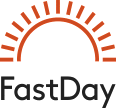
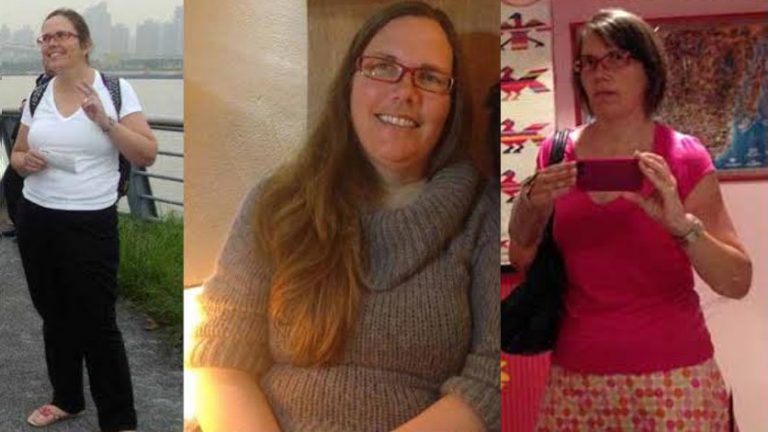
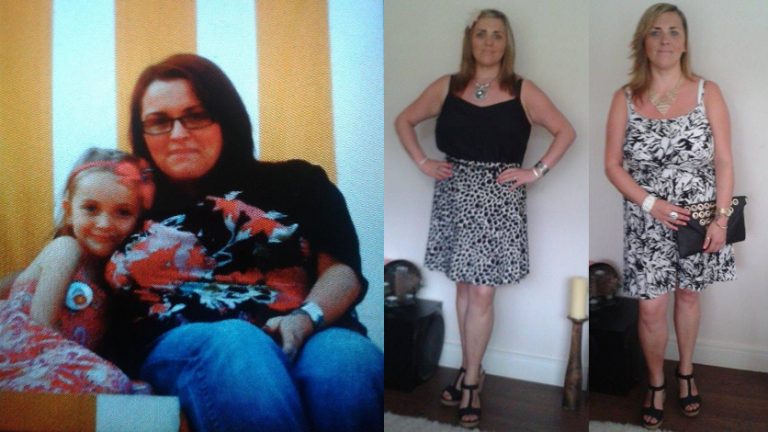
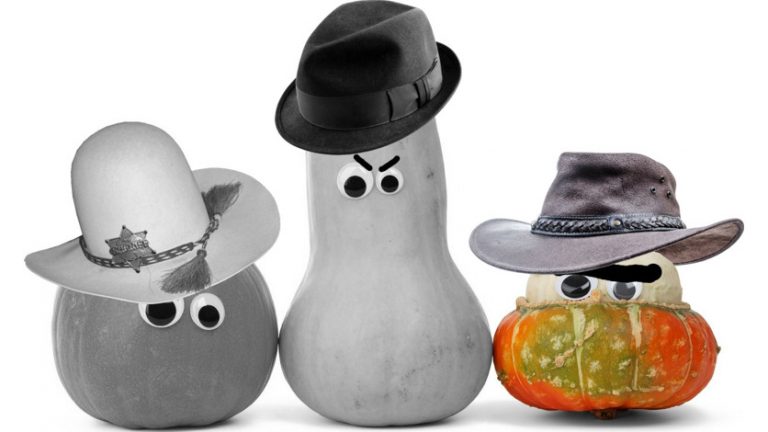

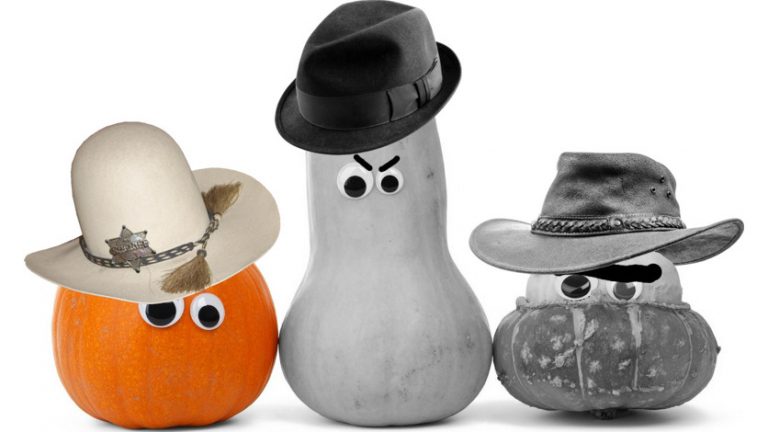
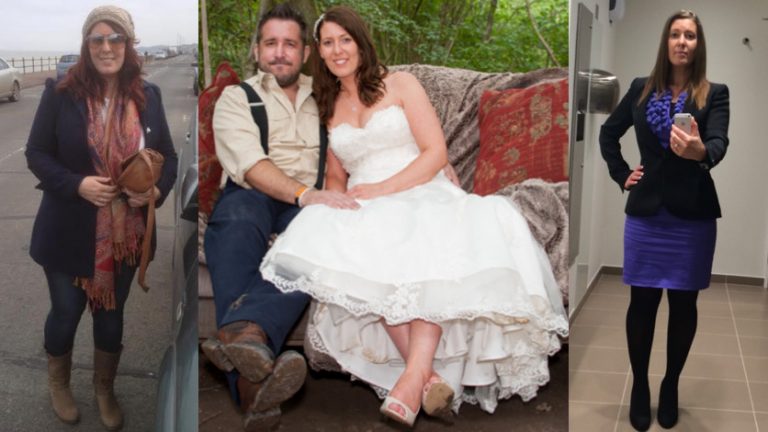
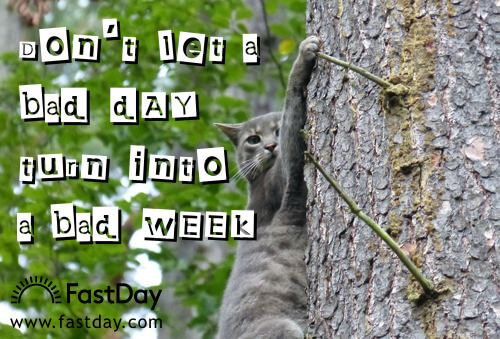
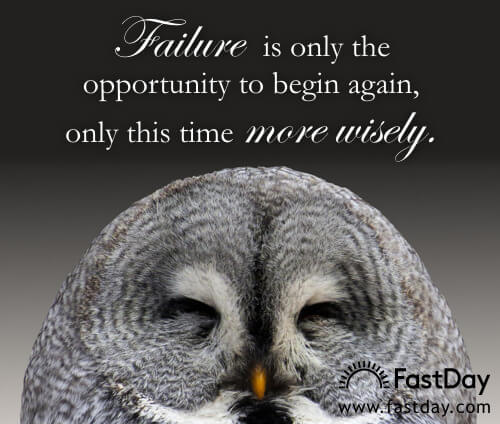
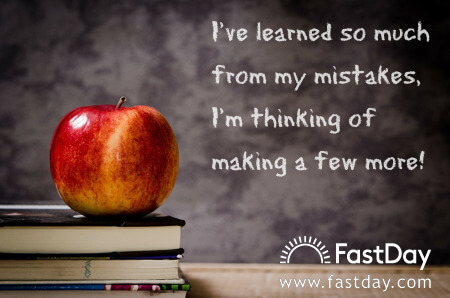
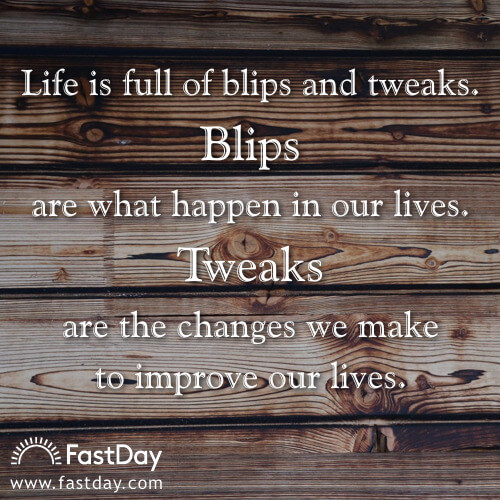
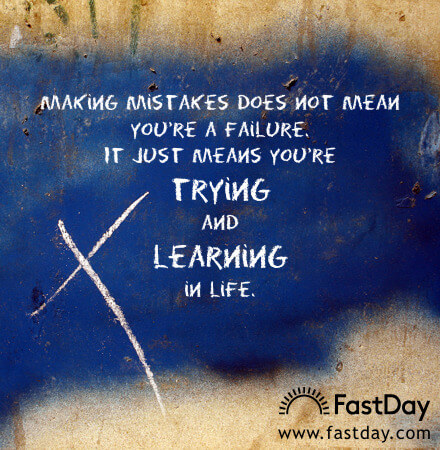
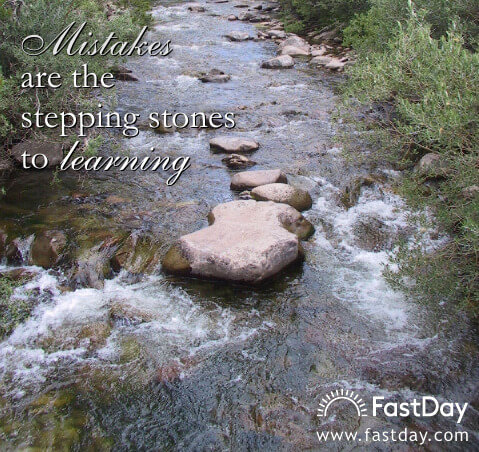
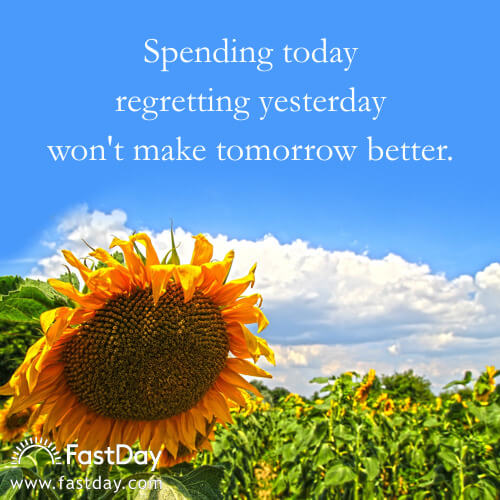
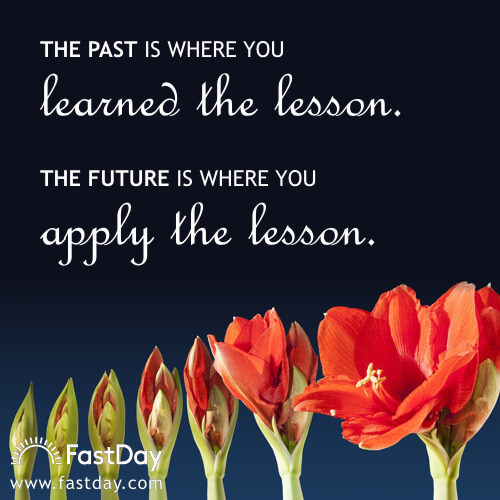
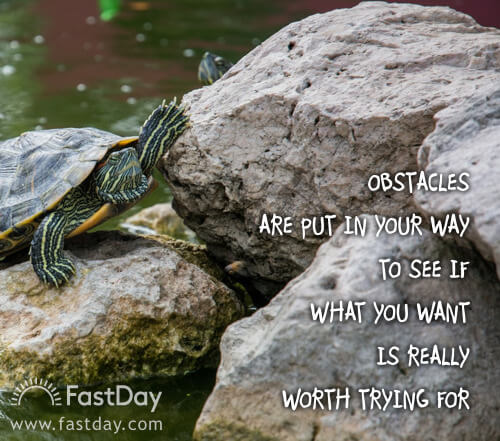
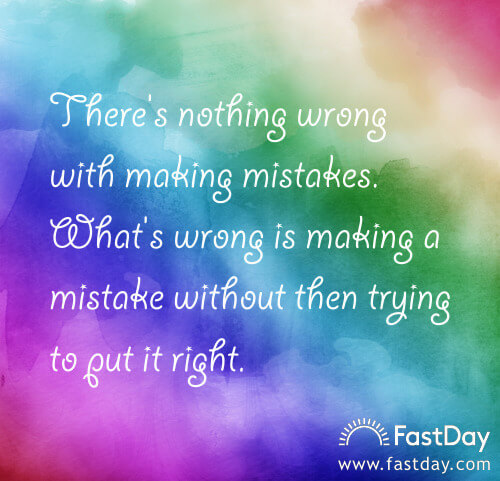
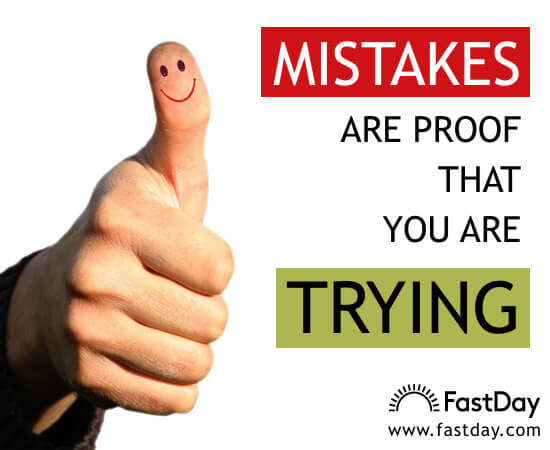
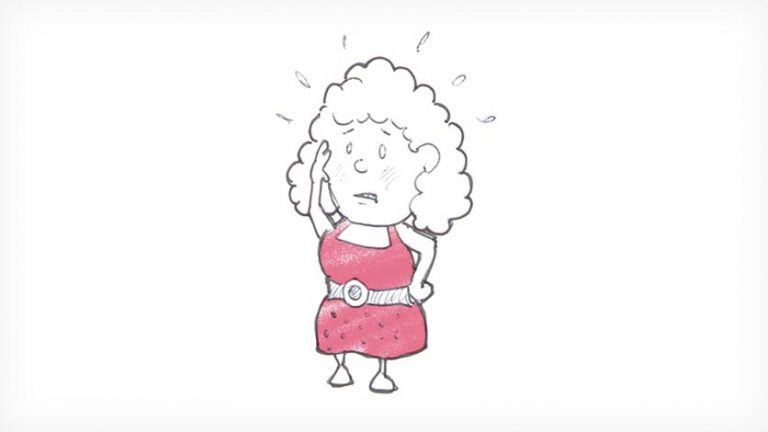
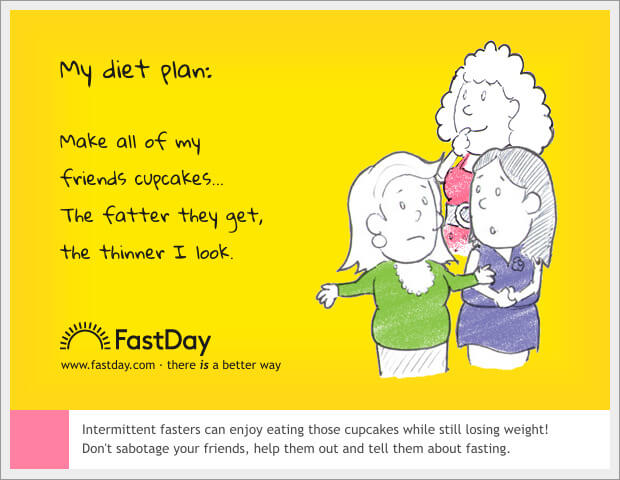
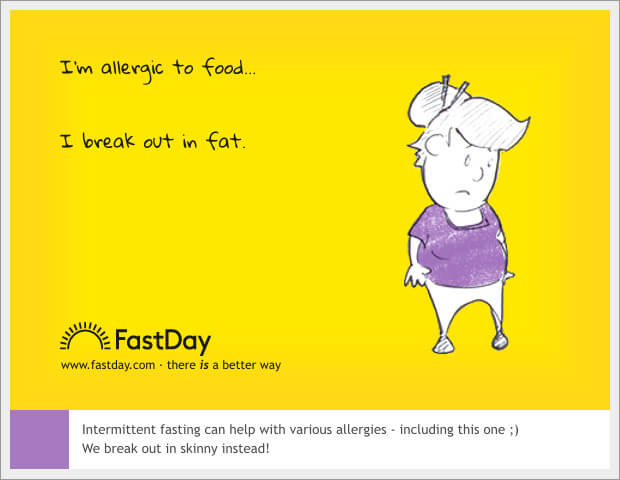
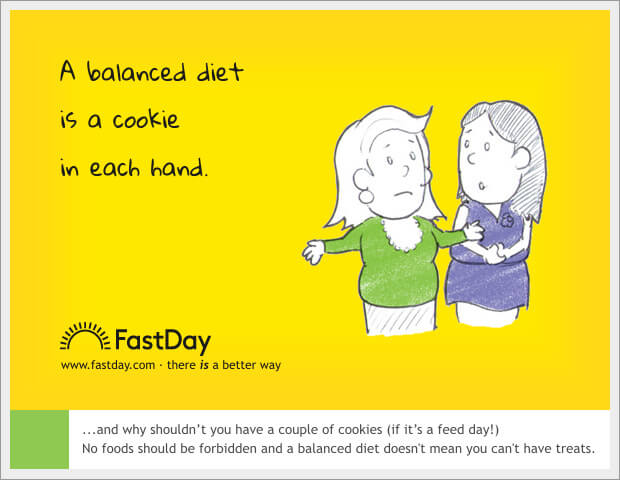
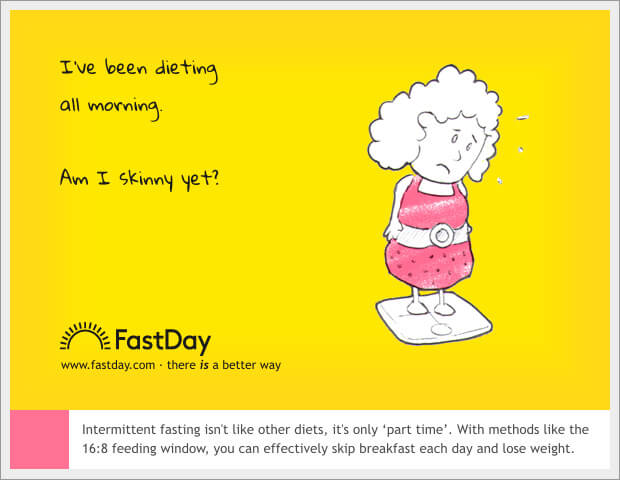
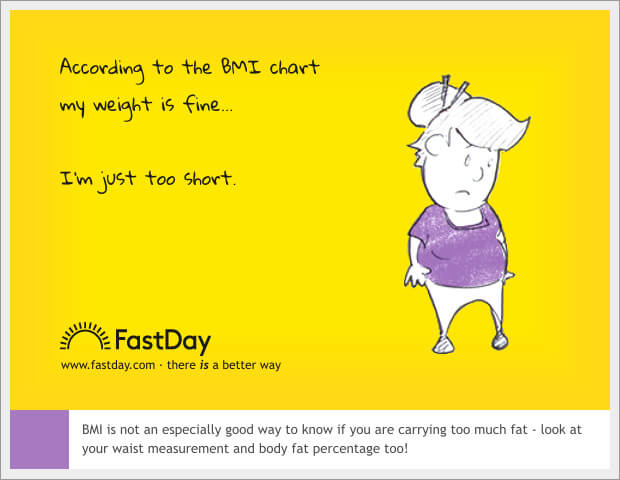
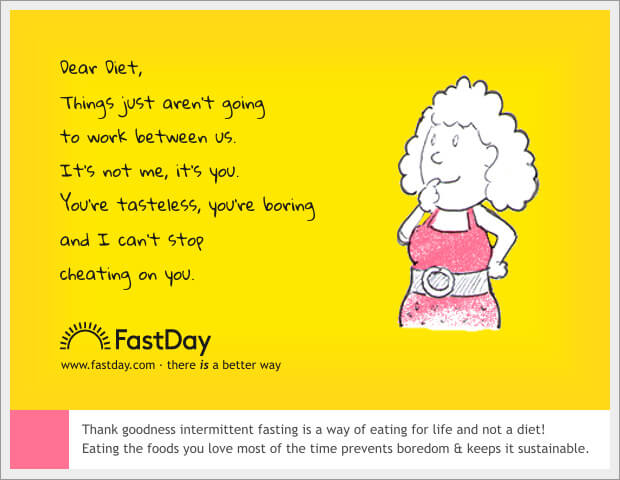
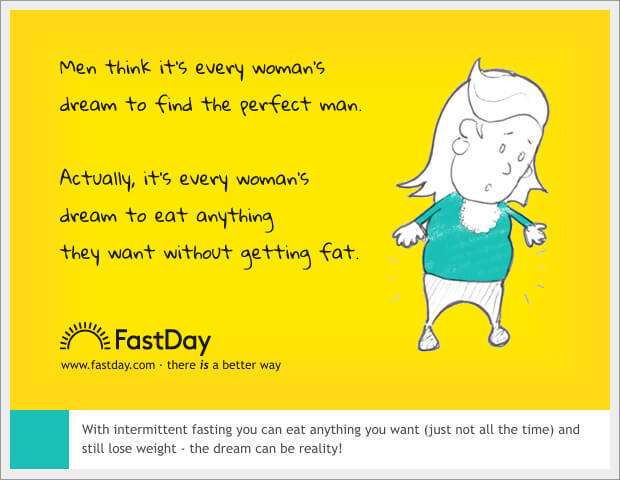
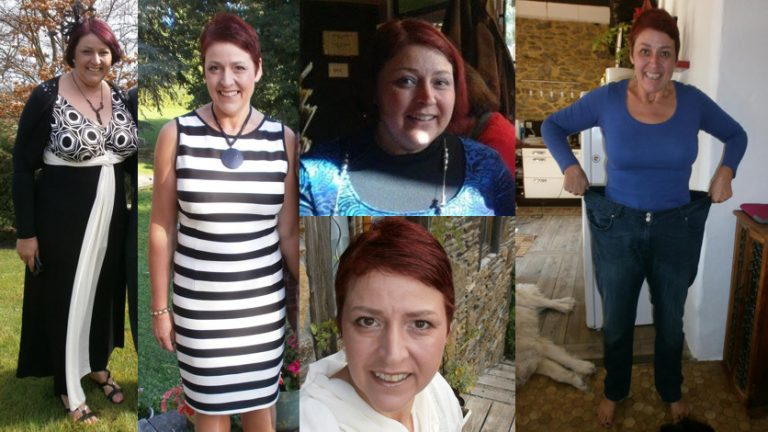
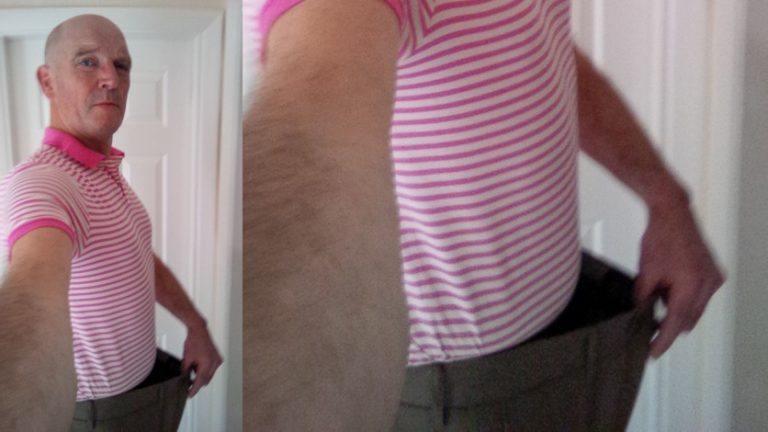
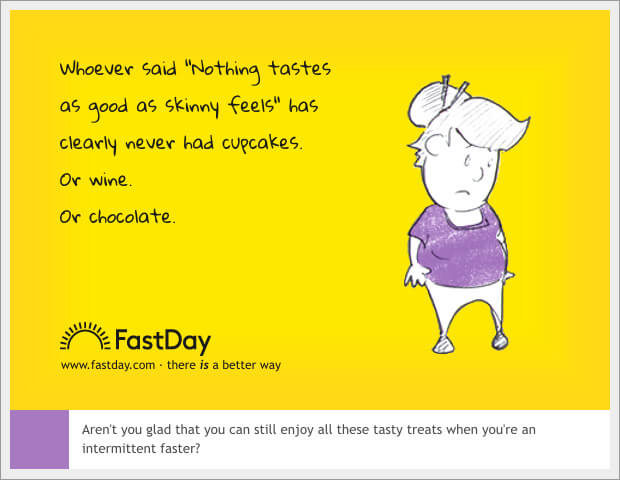
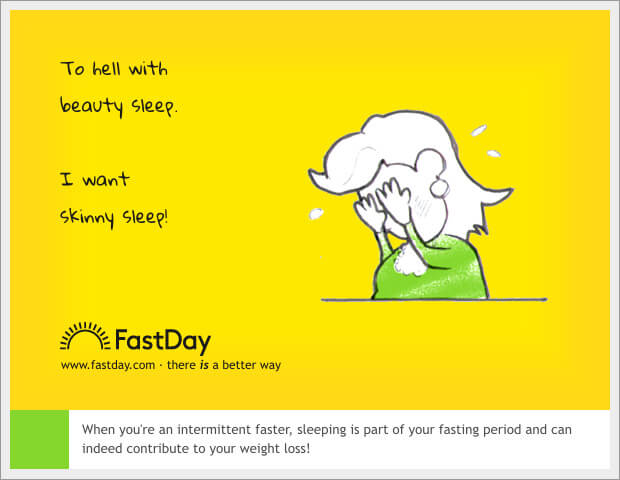
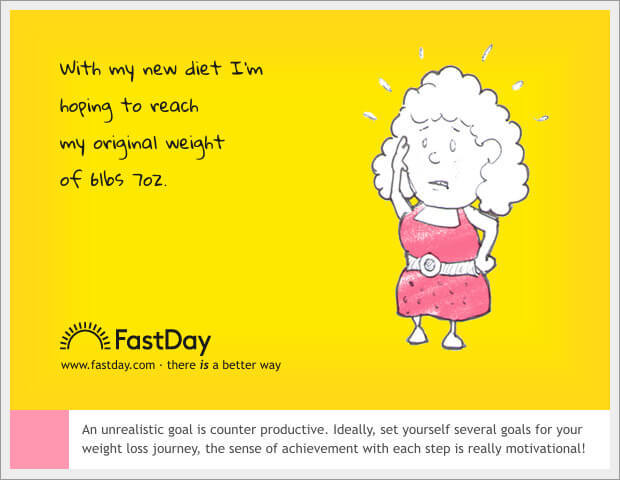
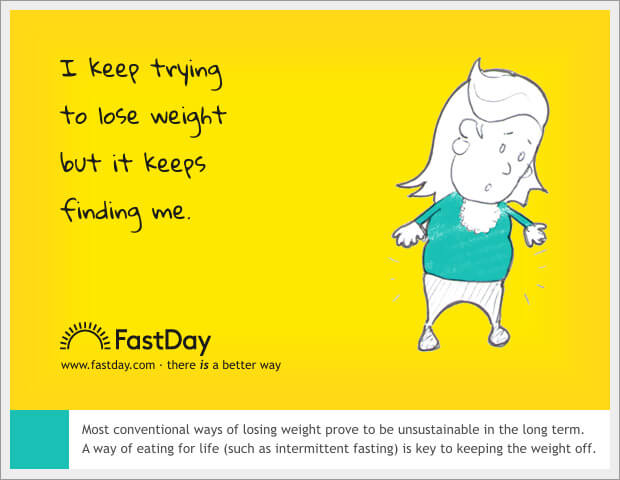
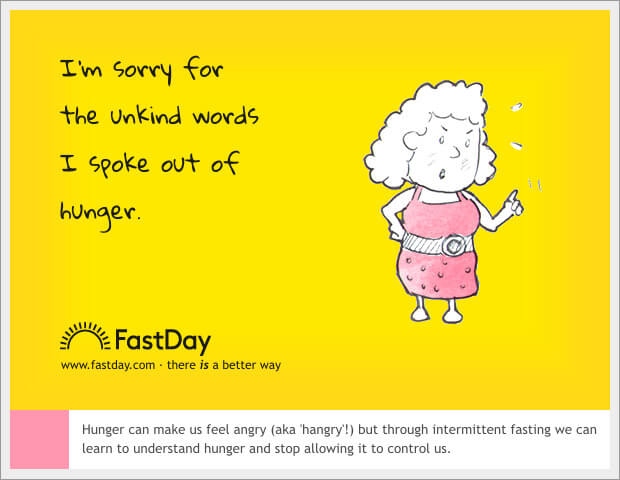
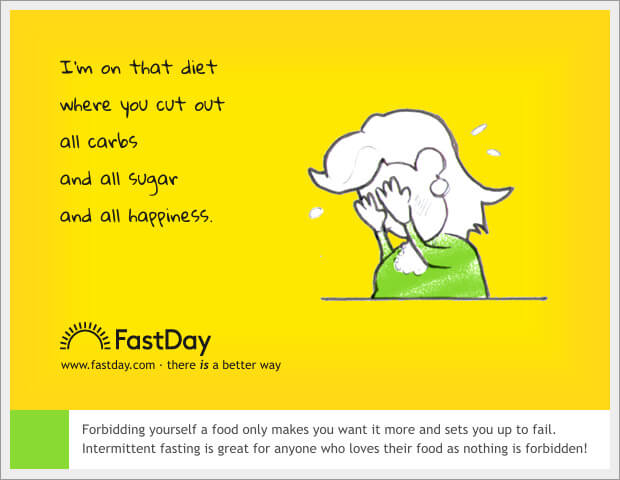
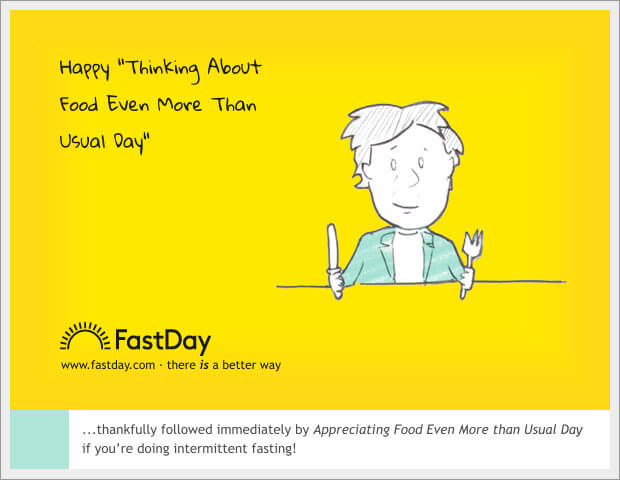
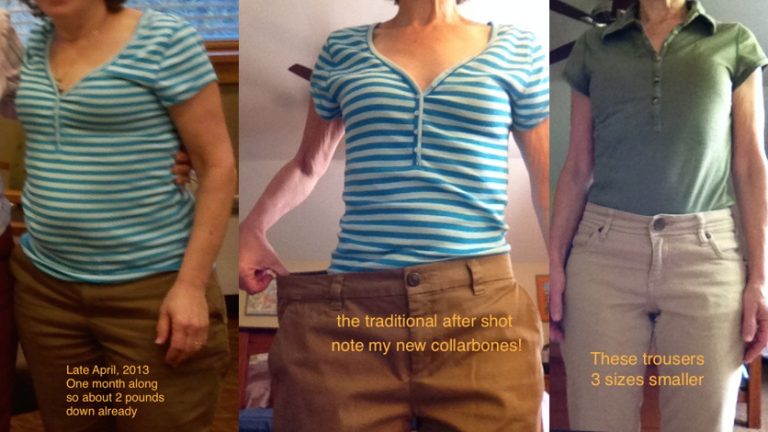

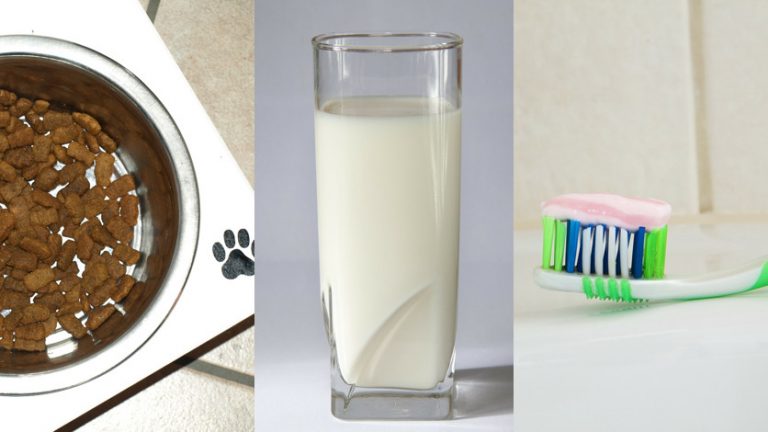


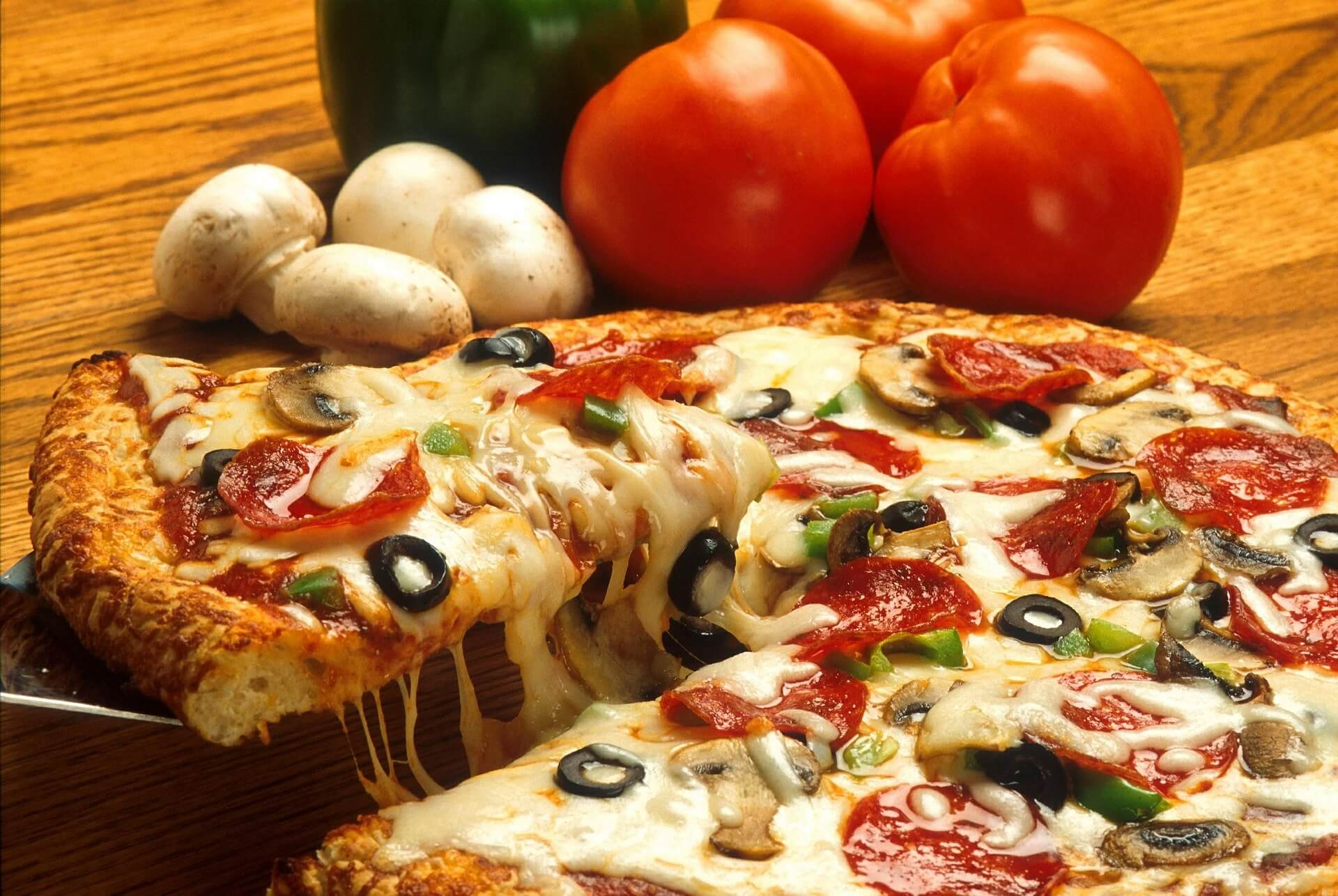


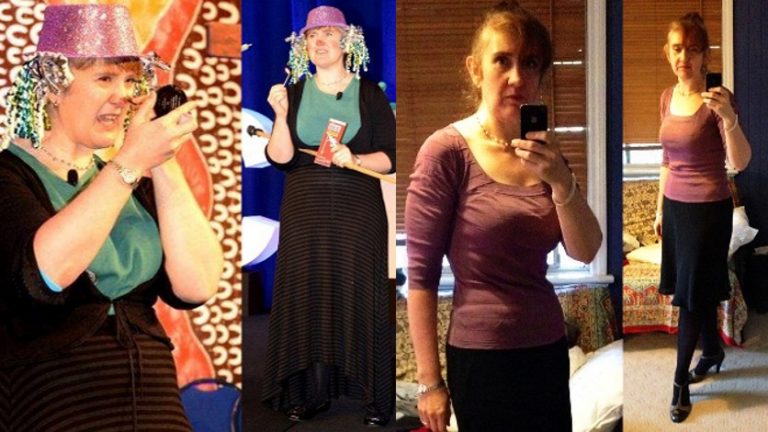
 It was only after my sister got to the stage of needing a kidney transplant that the matter of my size came to my attention. The transplant nurse chatted with me about the possibility of my being a donor and of course she needed a few vital statistics – age, height, weight. I could answer the first two on the spot – 40 years, 174cm, but weight? I hadn’t seen a set of scales in years! I dusted them off, stood on them, and got the shock of my life when the figure of 90kg came up. Really??? She hummed and hawed for a few moments and then proceeded to inform me that I was bordering on obese, and obesity could rule me out of being a donor. Eeek! Something had to be done!
It was only after my sister got to the stage of needing a kidney transplant that the matter of my size came to my attention. The transplant nurse chatted with me about the possibility of my being a donor and of course she needed a few vital statistics – age, height, weight. I could answer the first two on the spot – 40 years, 174cm, but weight? I hadn’t seen a set of scales in years! I dusted them off, stood on them, and got the shock of my life when the figure of 90kg came up. Really??? She hummed and hawed for a few moments and then proceeded to inform me that I was bordering on obese, and obesity could rule me out of being a donor. Eeek! Something had to be done! My BMI is comfortably in the healthy range and I’m fitting into my old clothes again. I love the comments that I’ve been getting from work colleagues, but most of all I love the energy that I now have. At the start of the year I was always tired and lethargic, thinking that I was going to have to go see my doctor to have my thyroid checked. Now I have the energy to make it through a busy day and still feel enthused about doing things on the weekend…even chores! The other thing I’ve noticed is that my depressive lows that I periodically go through have been much gentler and easy to manage – that was something I hadn’t expected. I’ve dealt with stresses (and I’ve had many big things come up over the 6 months) much better than I have in the past. I don’t know if fasting is the direct cause of all of it, or whether feeling good about myself has led to a better frame of mind, but all I can say is that I am in a much better place physically and mentally than I had been earlier in the year.
My BMI is comfortably in the healthy range and I’m fitting into my old clothes again. I love the comments that I’ve been getting from work colleagues, but most of all I love the energy that I now have. At the start of the year I was always tired and lethargic, thinking that I was going to have to go see my doctor to have my thyroid checked. Now I have the energy to make it through a busy day and still feel enthused about doing things on the weekend…even chores! The other thing I’ve noticed is that my depressive lows that I periodically go through have been much gentler and easy to manage – that was something I hadn’t expected. I’ve dealt with stresses (and I’ve had many big things come up over the 6 months) much better than I have in the past. I don’t know if fasting is the direct cause of all of it, or whether feeling good about myself has led to a better frame of mind, but all I can say is that I am in a much better place physically and mentally than I had been earlier in the year.
